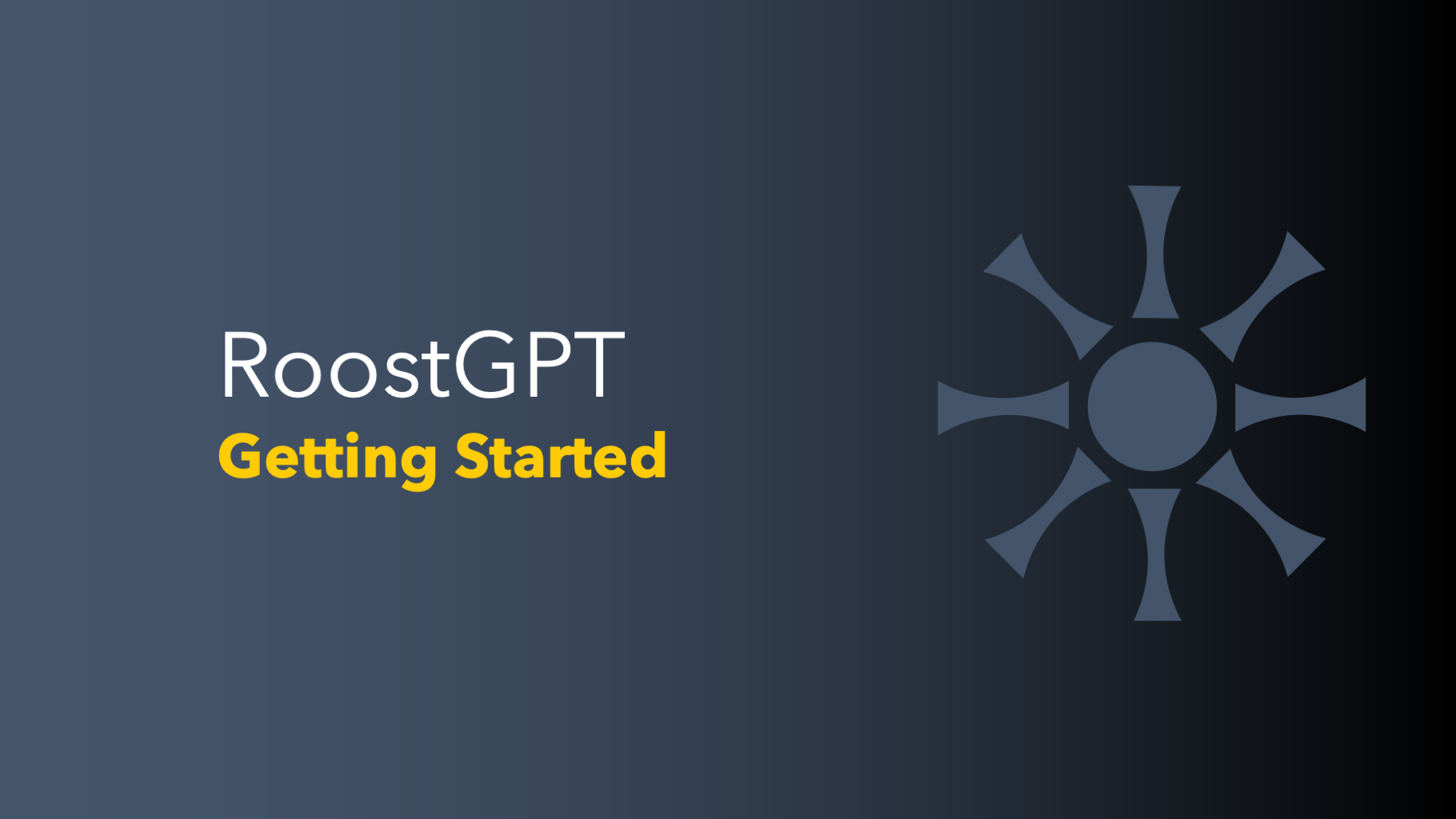I'm sure many of you have heard the term ASI, or Artificial Super Intelligence, in recent discussions. This debate has been reignited by Ilya's announcement of the launch of Safe Superintelligence Inc. (SSI). So, what exactly is ASI, and why is it causing such a buzz?
What is ASI?
Artificial Super Intelligence (ASI) refers to AI systems that surpass human intelligence in all domains, including emotional intelligence and creativity. ASI is not just about mimicking human cognitive abilities; it involves achieving a level of intelligence that can independently innovate and improve. This means ASI could revolutionize various sectors, offering solutions beyond current human capabilities.
Artificial General Intelligence (AGI), in contrast, aims to achieve human-like understanding and adaptability across a wide range of tasks. AGI is designed to perform any intellectual task that a human can, displaying general problem-solving skills and learning abilities. While AGI focuses on reaching human equivalence in cognitive functions, ASI extends this by continually enhancing its abilities through recursive self-improvement.
The potential danger of AGI is often discussed in terms of it reaching human-level intelligence. However, AI doesn't need to match human intelligence to be dangerous. An AI with the strategic thinking of an apex predator, like a lion, could pose significant risks due to its survival instincts and adaptability. Such an AI, focused solely on efficiency and survival, could be hazardous even without achieving full human-level intellect.
What is Unsafe ASI?
Humanity has a troubling history with new technologies. At first, there's always a concern about safety, but soon enough, efforts shift toward finding ways to misuse these innovations. We've seen this pattern time and again, from the development of poisonous gases in laboratories to sophisticated cyberattacks. These examples illustrate how quickly beneficial technologies can be turned into harmful tools.
The main issue with AI, particularly ASI, isn't just about ensuring these systems act according to human values—what we call alignment risks. It's also crucial to consider how humans might misuse these powerful tools. If history has taught us anything, it's that the real danger often comes from human actions and intentions. So, even the most well-designed AI can become dangerous if it's used improperly.
Conclusion
As we approach the era of Artificial Superintelligence, our primary focus must be on addressing human fallibility and ethical challenges rather than fearing AI itself. While ASI presents unprecedented opportunities, the most immediate risks stem from potential human misuse. Our immediate priority should be establishing robust data guardrails to ensure responsible AI development. The foundation of safe and ethical AI lies in how we manage, protect, and utilize data.
Implementing comprehensive data lineage tracking, enforcing stringent privacy measures, and developing detailed data cataloging systems are crucial steps in this direction. These data-centric safeguards not only protect individual privacy but also ensure transparency and accountability in AI systems. By focusing on data integrity, consent, and proper usage, we can mitigate many potential risks associated with AI misuse.



